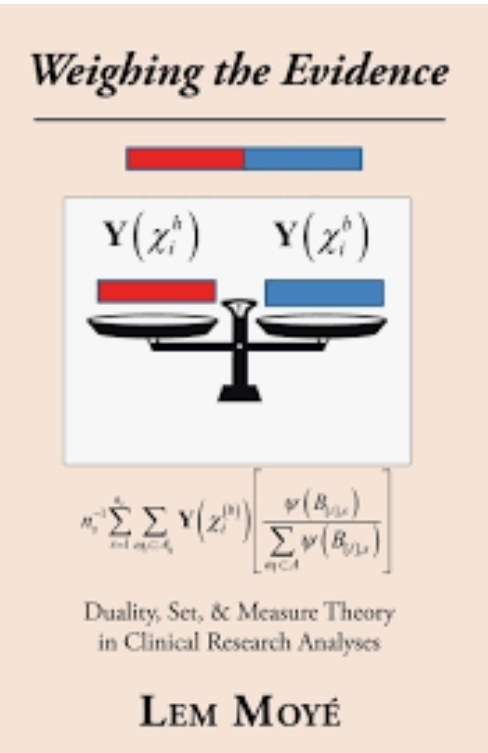
The thesis of this book is that statistical hypothesis testing does not answer the actual questions that the clinical researcher has posed, but instead answers a question that the researcher 1) has not asked, and 2) has no interest in its answer.

My approach to this dilemma is to answer the question, “If we only had estimation theory and not statistical hypothesis testing, how would we analyze clinical research data?” This approach gives clinical researchers direct access to the answers to their fundamental research question, “Does the experimental exposure help my patients or injure them?”
This book begins quite non-mathematically, discussing the philosophical concerns about the use of the p-value, and the acculturation of generations of health care researchers to the use of statistical hypothesis testing even though it was not designed for clinical research from its first principals. Its inculcation has led to the institutionalization of physicians, biostatisticians, and administrators, who frankly would be lost without this single number’s presence. [1]

The clinical research community has permitted itself to be caught up in the tidal drift generated by the need for a computational, interpretative tool. While this device added structure to research interpretation in the 1950’s, it has, in my view, placed restrictions on research design that have nothing to do with biology, pathophysiology, or even logistics but is instead driven by the need to generate a p-value based assessment of the impact of the intervention or exposure.

This is not a conspiracy theory book. None of the p-value history that I provide is nefarious. While there have been experienced and prominent members of the statistical community who have been influential in reinforcing p-value primacy, there is no statistical hypothesis testing Darth Vader in command. In fact many statisticians conduct statistical hypothesis testing because simply 1) that is what has been asked of them, and 2) they know of no alternative. We are ourselves to blame for this confused miasma. Our answer does not reside in a Star Wars villain but in Shakespeare’s Julius Caesar.
The book combines a new approach ‒ duality theory ‒ with a well-established approach in mathematics ‒ measure theory – to weigh the evidence in a clinical research effort supporting benefit and supporting harm. Duality theory states that an estimator of an effect in a clinical trial, be it a difference in mean change in diastolic blood pressure, or a prevalence ratio, simultaneously contains evidence of benefit and evidence of harm. The evidence for each is extracted.
